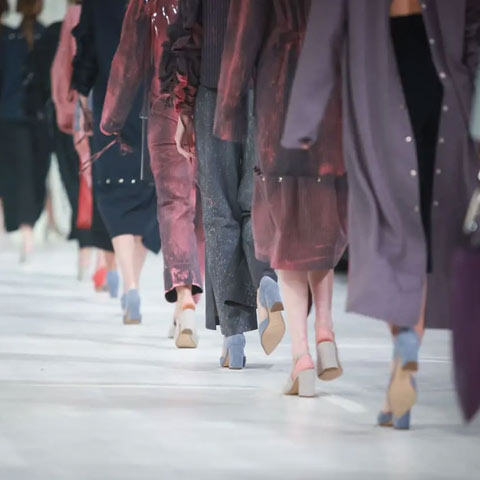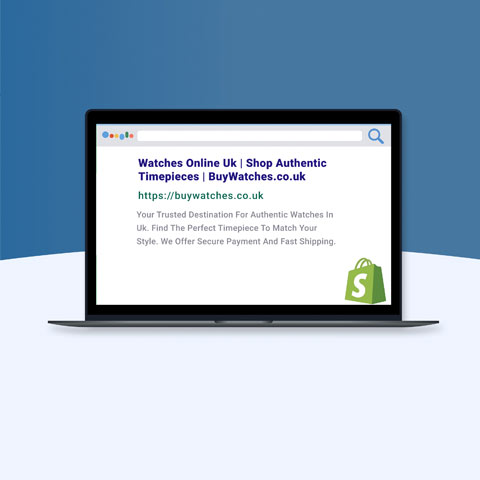[Analysis] July 2025’s Best and Worst Performing eCommerce Verticals


Discover why Gifts shone and Jewellery struggled in July 2025. Analysing the rise and fall of top and lowest performing retail industries with insights from ShoppingIQ data.
In the dynamic world of retail, each month brings fresh winners and losers. Understanding why certain industries thrive while others struggle is crucial for retailers looking to adapt quickly and stay competitive. Our retail analytics platform offers real-time insights that help businesses - from independent boutiques to major chains - optimise their product feeds and fine-tune their sales strategies.
July 2025 revealed some striking contrasts. The Gifts sector emerged as the highest performer, seeing a 5.60% increase in sales, while the Jewellery sector suffered the sharpest drop, with sales plummeting by 32.40%. In this analysis, we’ll explore the reasons behind these results and what they signal for the retail landscape. All figures are drawn from the ShoppingIQ platform, ensuring an accurate picture of performance trends.
Top-Selling Industry in July 2025: Gifts
Sales Performance Overview
July brought a modest yet meaningful boost for the Gifts sector, which recorded a 5.60% sales increase. While this may not sound dramatic, in the current economic climate, even moderate growth is noteworthy.
Why Gifts Performed Well in July 2025
1. Mid-Year Gifting Opportunities
July sits between major holiday seasons, but it offers its own occasions for gifting—think weddings, anniversaries, graduations, and summer birthdays. This year, retailers tapped into these events with targeted promotions, especially on personalised and novelty items.
2. Tourism and Travel Influence
The summer holiday period sees higher tourist activity, which often drives impulse purchases of souvenirs and locally-themed gifts. Many independent retailers capitalised on this by offering exclusive “local flavour” gift items, appealing to both tourists and staycationers.
3. The Experience-Gift Hybrid
Retailers offering gift bundles that combine physical items with experiences—like spa vouchers, cooking classes, or wine-tasting tickets—saw increased traction. This taps into the ongoing trend of experiential gifting, allowing shoppers to provide “something to open” and “something to do” in one purchase.
4. Clever Digital Marketing Campaigns
Many successful retailers used seasonal email campaigns, influencer partnerships, and personalised online ads to spotlight “just because” gifts, creating a sense of occasion even when no traditional holiday was near.
Lowest-Selling Industry in July 2025: Jewellery
Sales Performance Overview
The Jewellery industry experienced a significant downturn, with sales dropping by a staggering 32.40%. This marks one of the steepest monthly declines in the past year for this sector.
Why Jewellery Struggled in July 2025
1. Seasonal Slowdown
Jewellery sales often peak around key gifting events such as Valentine’s Day, Mother’s Day, and the Christmas season. By July, many consumers have already made significant purchases earlier in the year, leading to a natural mid-year lull.
2. Economic Sensitivity of Luxury Purchases
With the continued pressure of living costs and cautious consumer spending habits, high-ticket discretionary purchases like fine jewellery are often postponed or cancelled. Even in cases where consumers are willing to spend, they may opt for smaller, more affordable pieces rather than premium designs.
3. Competition from Affordable Alternatives
Fashion jewellery and accessory brands offering low-cost yet stylish options have drawn consumers away from traditional jewellers. The rise of marketplace platforms has also intensified competition, driving down prices and eroding margins.
4. Shift Towards Experiences Over Possessions
Echoing the trend seen in the Gifts sector, many consumers are choosing to allocate their disposable income to travel, dining, and leisure experiences rather than physical luxury goods.
5. Limited Promotional Activity
While other sectors leaned heavily into summer sales events, many jewellery retailers offered minimal discounts, possibly in an effort to maintain brand exclusivity. Unfortunately, this left them vulnerable to slower footfall and reduced online engagement.
Conclusion: Lessons for Retailers
The contrasting fortunes of the Gifts and Jewellery industries in July 2025 offer valuable takeaways. Gifts thrived thanks to creative marketing, seasonal adaptability, and a blending of tangible and experiential offerings. Jewellery faltered due to seasonal demand shifts, economic caution, and growing competition from alternative products.
Retailers must remain agile - leveraging data to anticipate slow periods, diversifying offerings, and adjusting promotional strategies in line with shifting consumer behaviours. Platforms like ShoppingIQ enable this agility by delivering real-time insights and optimising product feeds across multiple retail channels.
FAQs
1. Why did the Gifts sector perform better than Jewellery in July 2025?
Gifts benefited from seasonal events, tourism-driven purchases, and innovative marketing, while Jewellery suffered from a seasonal slowdown, high price sensitivity, and strong competition from more affordable alternatives.
2. Is a 5.60% growth in Gifts significant?
Yes - given the current economic conditions, even modest growth is valuable, particularly in a non-holiday month.
3. How can jewellery retailers combat seasonal slowdowns?
By introducing lower-priced collections, running limited-time offers, and promoting items tied to summer events like weddings and anniversaries.
4. What role does tourism play in retail performance?
Tourism can significantly boost impulse and souvenir purchases, particularly in categories like Gifts, apparel, and local artisan products.
5. Are consumers shifting away from luxury goods entirely?
Not entirely, but there’s a notable shift toward spending on experiences and practical purchases, which impacts luxury categories like fine jewellery.
6. How can retailers track and respond to these trends effectively?
By using real-time retail analytics platforms such as ShoppingIQ to monitor category performance and quickly adapt marketing and inventory strategies.
Want more like this?
Want more like this?
Insight delivered to your inbox
Keep up to date with our free email. Hand picked whitepapers and posts from our blog, as well as exclusive videos and webinar invitations keep our Users one step ahead.
By clicking 'SIGN UP', you agree to our Terms of Use and Privacy Policy


By clicking 'SIGN UP', you agree to our Terms of Use and Privacy Policy
Other content you may be interested in
Categories
Categories

Want more like this?


Want more like this?
Insight delivered to your inbox
Keep up to date with our free email. Hand picked whitepapers and posts from our blog, as well as exclusive videos and webinar invitations keep our Users one step ahead.
By clicking 'SIGN UP', you agree to our Terms of Use and Privacy Policy






![[Research] Apps: The Secret Engine of Ecommerce Growth [Research] Apps: The Secret Engine of Ecommerce Growth](https://images.bizibl.com/sites/default/files/apps-and-web-similarweb-480.jpg)


